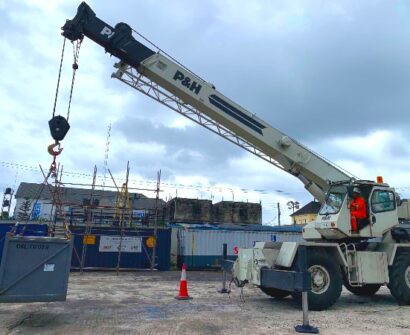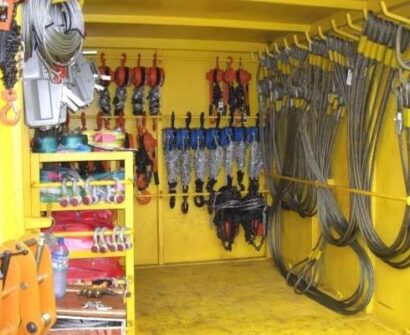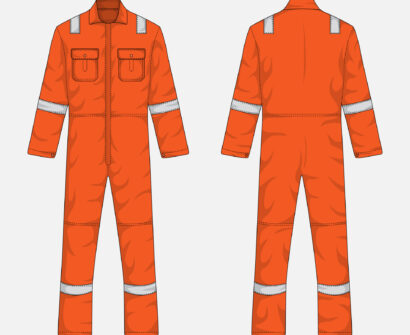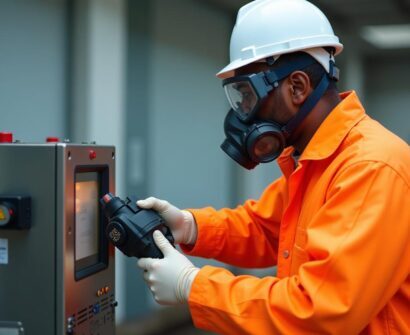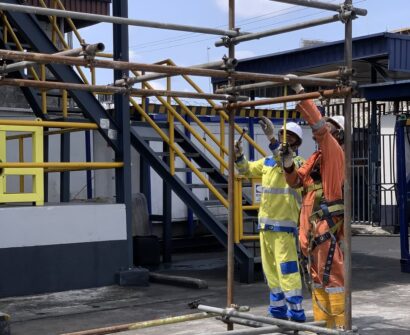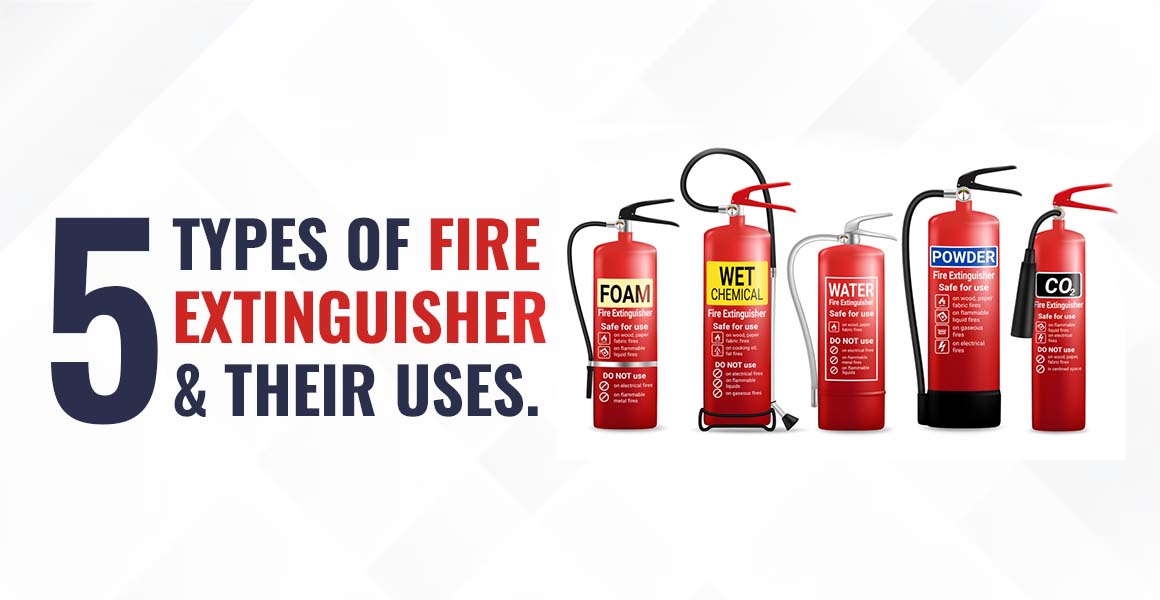
Fire safety is crucial in homes, workplaces, and public spaces. Understanding the different types of fire extinguishers and their specific uses ensures that fires are tackled safely and effectively. In this guide, we will break down the five main types of fire extinguishers, their uses, and their limitations.
Why Fire Extinguisher Knowledge is Important
Fire extinguishers are designed to combat different types of fires, categorized into fire classes such as A, B, C, and F. Using the wrong extinguisher on a fire can be ineffective and even hazardous. That’s why it is essential to recognize which extinguisher suits which type of fire and to ensure regular maintenance of firefighting equipment.
1. Water Fire Extinguishers (Red Label).
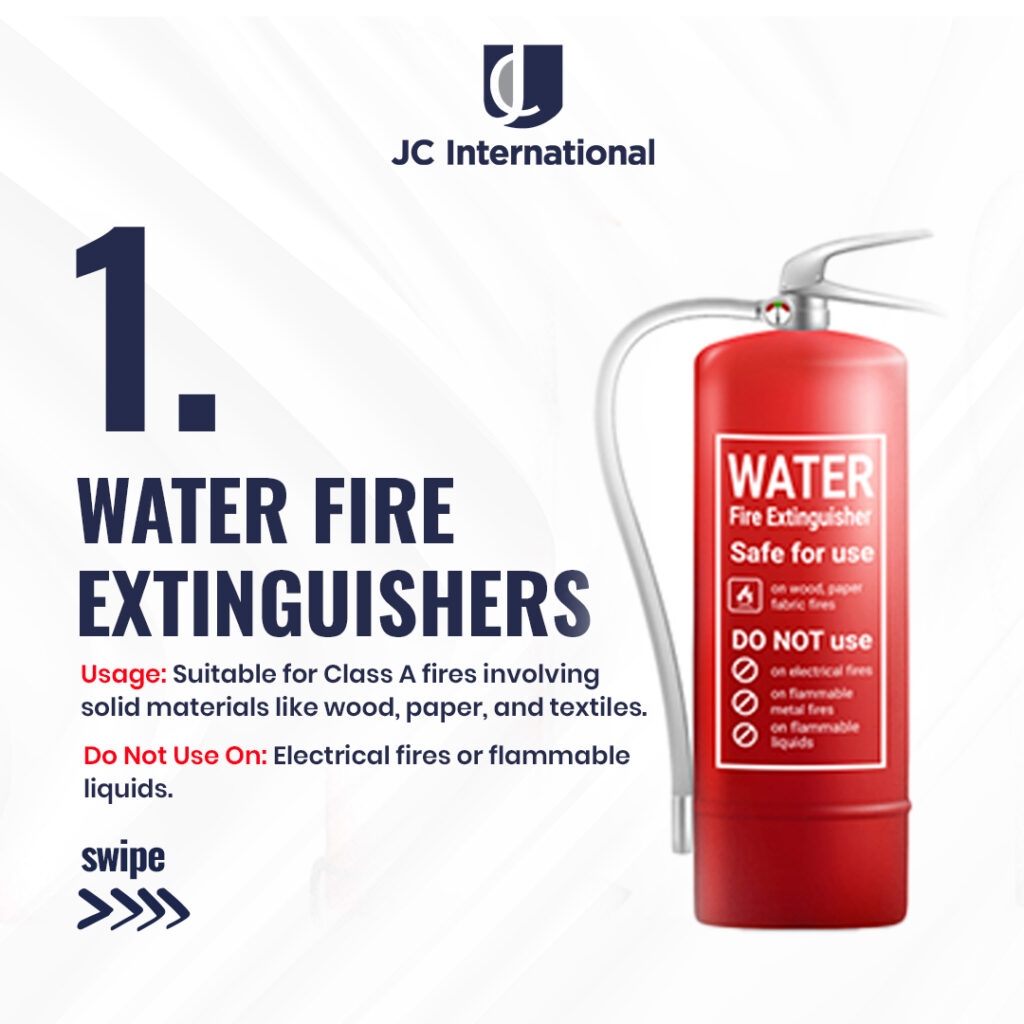
Usage: Ideal for Class A fires, which involve solid materials like wood, paper, and textiles. These extinguishers work by cooling the flames and soaking the burning materials, preventing re-ignition. They are commonly found in schools, offices, and warehouses where these types of combustible materials are prevalent.
Do Not Use On: Electrical fires or flammable liquids, as water can spread the flames and increase the risk of electrocution.
2. Foam Fire Extinguishers (Cream Label).
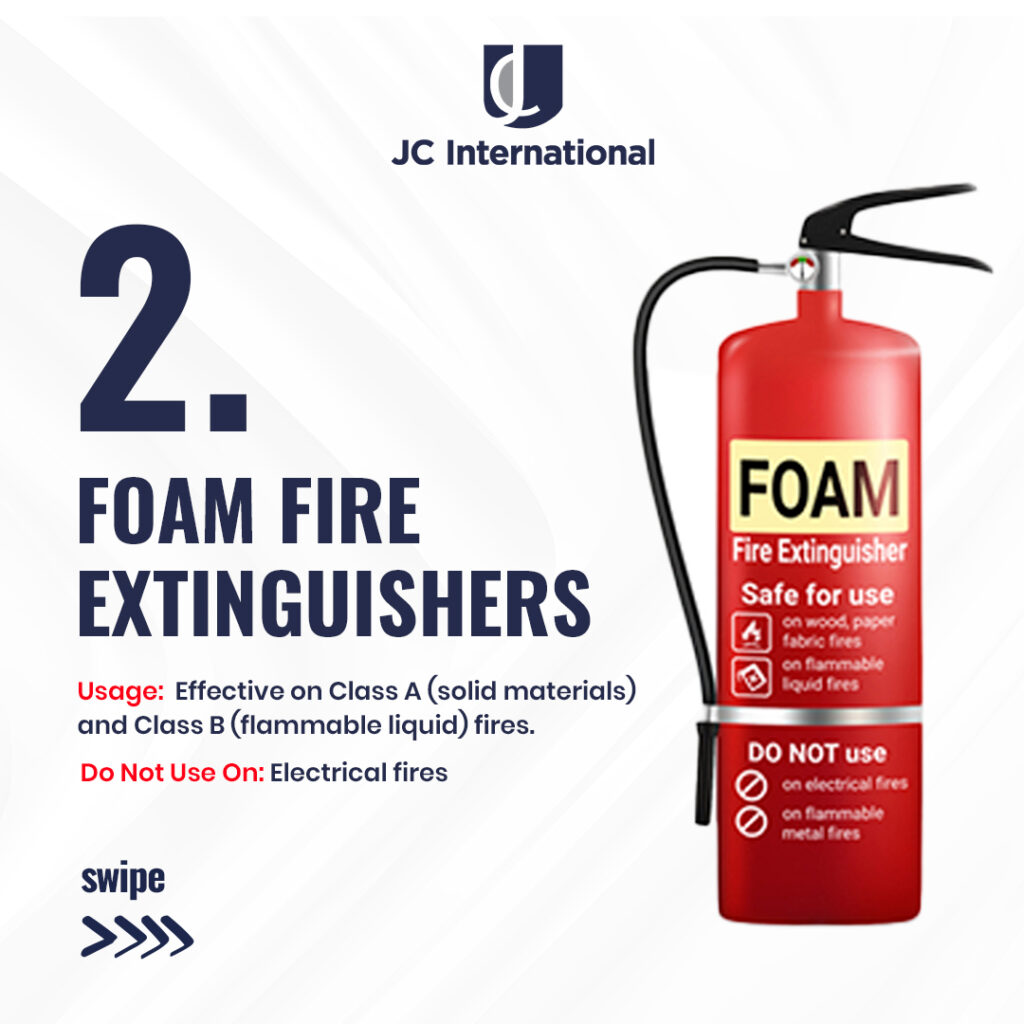
Usage: Effective against Class A (solid materials) and Class B (flammable liquid) fires. The foam smothers the fire and prevents oxygen from fueling it further. This type is often used in commercial kitchens, garages, and fuel storage areas.
Do Not Use On: Electrical fires, as the foam contains water, which can conduct electricity and cause harm. Additionally, foam extinguishers may not be suitable for certain chemical fires.
3. Dry Powder Fire Extinguishers (Blue Label).
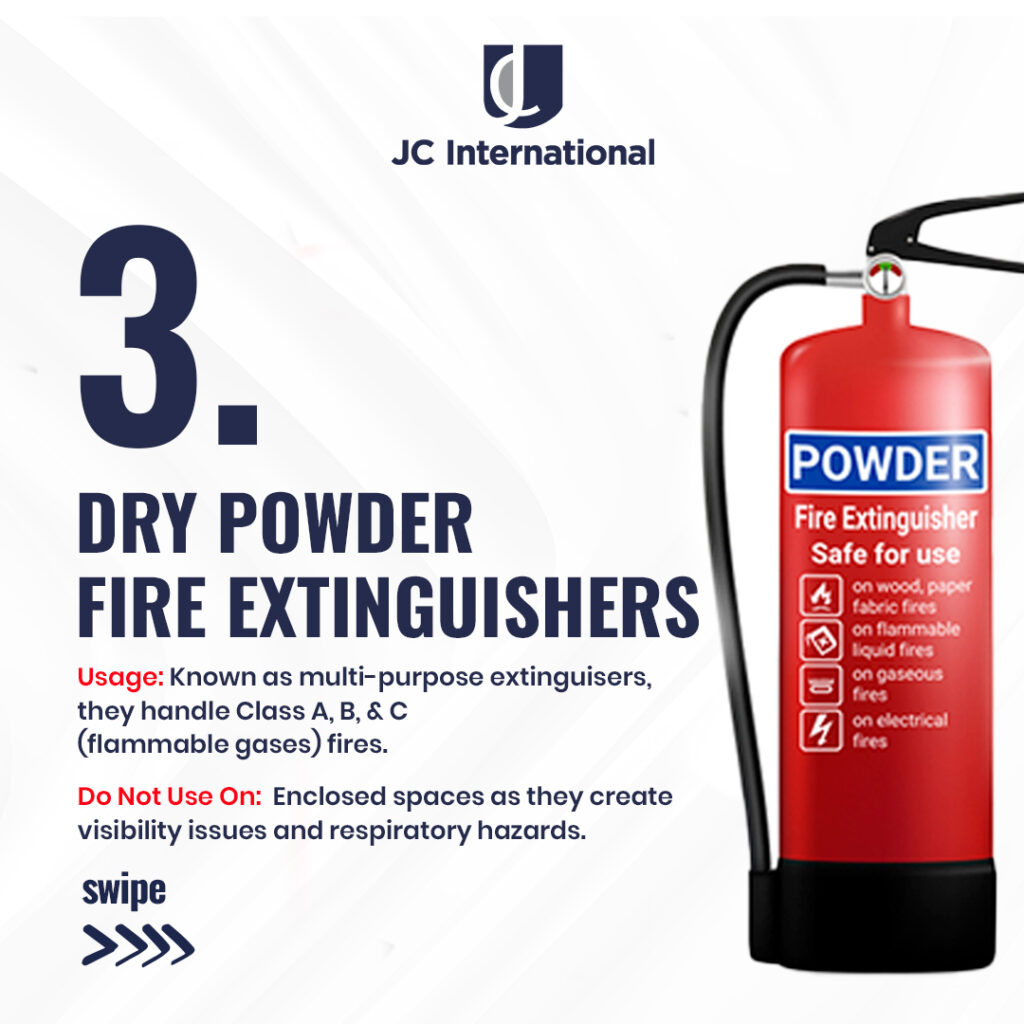
Usage: Known as multi-purpose extinguishers, they handle Class A (solids), Class B (flammable liquids), and Class C (flammable gases) fires. The powder interrupts the chemical reaction in the fire, effectively extinguishing it. These extinguishers are common in industrial settings and fuel stations.
Do Not Use On: Enclosed spaces, as the powder creates visibility issues and poses respiratory hazards when inhaled. They can also cause corrosion if not cleaned up properly after use.
4. Carbon Dioxide (CO2) Fire Extinguishers (Black Label).
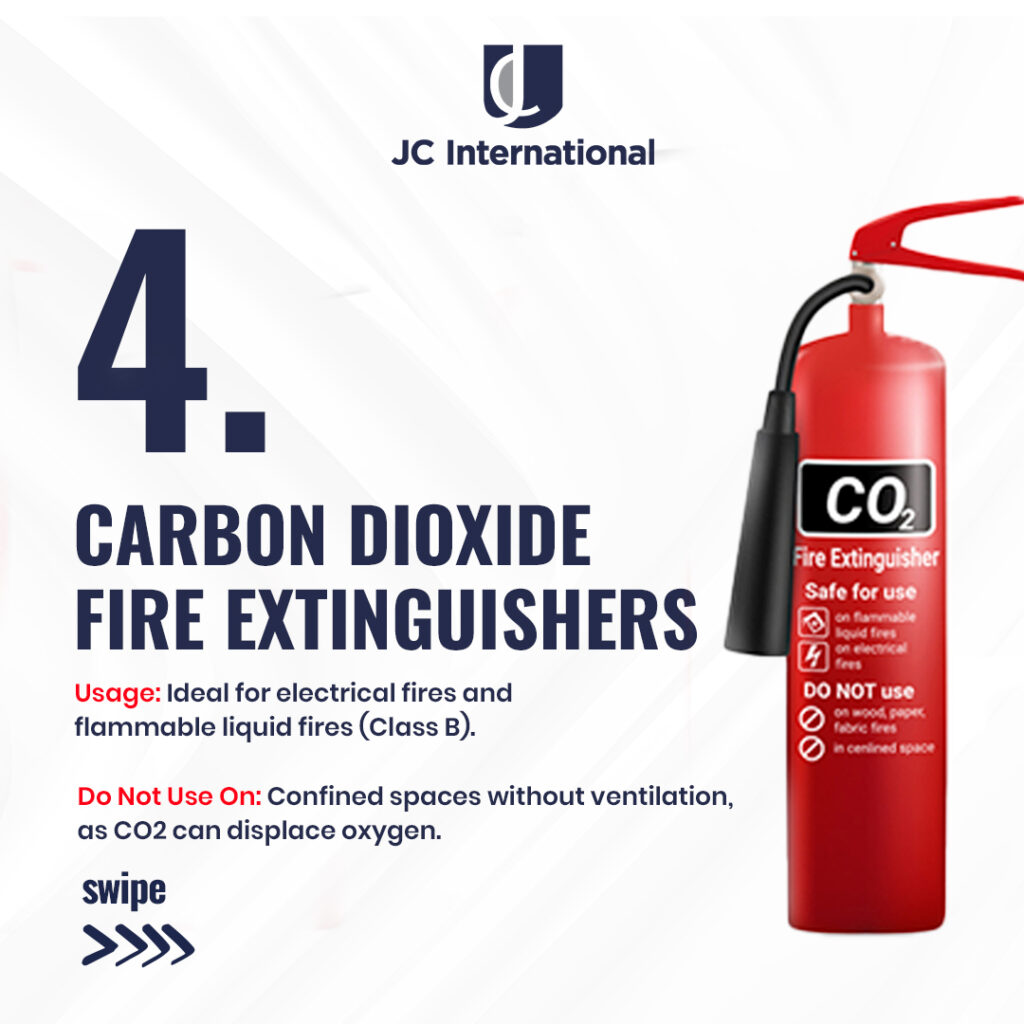
Usage: Ideal for electrical fires and flammable liquid fires (Class B). CO2 extinguishers work by displacing oxygen, cutting off the fire’s ability to burn. They are often used in server rooms, electrical substations, and offices where electronic equipment is present.
Do Not Use On: Fires in confined spaces without ventilation, as the CO2 can reduce oxygen levels to a dangerous extent. Additionally, CO2 extinguishers do not provide cooling, which means a fire may reignite if the source remains hot.
5. Wet Chemical Fire Extinguishers (Yellow Label)

Usage: Specifically designed for Class F fires, which involve cooking oils and fats. The wet chemical cools the fire while forming a barrier to prevent re-ignition. They are a must-have in commercial kitchens, restaurants, and food processing areas.
Do Not Use On: Electrical fires or standard flammable materials, as it is not effective against these fire types. Using the wrong extinguisher in a kitchen fire can make the situation worse, so always ensure that a wet chemical extinguisher is on hand where deep-frying is common.
Conclusion
Choosing the right fire extinguisher for the right situation is essential for effective fire safety. Knowing which one to use, and which ones to avoid can prevent further damage and save lives. Regularly checking fire extinguishers and ensuring they are accessible and in working condition is just as important as knowing how to use them.
Fire safety is a shared responsibility, and having the right knowledge can make all the difference in an emergency.
Need fire safety training or equipment? Enroll in JC International’s Basic Fire Fighting Course today!


